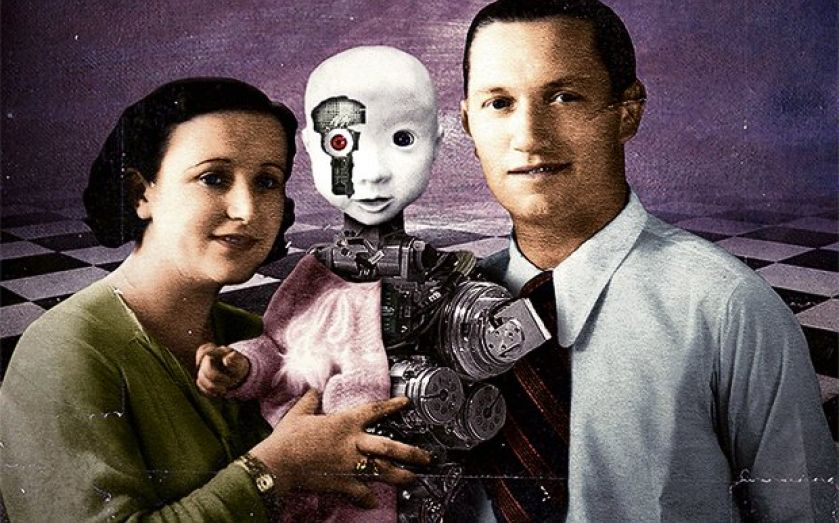GIFted individuals

The humble GIF has been in vogue for a while. Now the medium has its own art prize
IN EARLY 2013 the New York Times hailed the return of the animated GIF, the stuttering, looping, lo-fi videos that hark back to a prehistoric internet of dial-tones, hotmail and endless buffering. As the first generation of internet users matured into adulthood GIFs gained an ironic and nostalgic currency that was capitalised on to great effect by sites such as Buzzfeed and Whatshouldwecallme.
The looped videos – less jokes than instant, absurdly repeating punchlines – were perfect for the irreverent LOLcats humour of the viral internet. One of the most famous early GIFs is of a dancing baby. Recent popular ones include Darth Vader DJing and a cat walking into a catflap covered with clingfilm.
But silly can have a serious effect. During one of the 2012 televised election debates Mitt Romney attempted to convince of the world of his feminist credentials by claiming he had “binders full of women”. The GIFs that subsequently circulated on Twitter proved to be the most potent satirical take down. That GIF’s are so easy to create makes them perfect for mass tweet-along events like televised debates and sports finals.
Having gone from the dustbin of internet history to ubiquitous retro in-joke, in 2012 the American office of the Oxford University Press voted “GIF” word of the year, describing it as “a tool with serious applications including research and journalism”.
Not only research and journalism: the humble GIF now has its own art prize. Next week, the first winner of the new Motion Photography Prize will be crowned at the Saatchi Gallery, where photographers and animators from around the world will display work across six categories ranging from “Landscape” to “Night”. A collaboration between the Saatchi Gallery and Google+, the prize was launched following the introduction of a function on Google+ allowing users to create motion photography (in other words: GIFs) out of their still photographs. The high-profile judging panel includes film director Baz Luhrmann and artists Cindy Sherman and Shezad Dawood.
The exhibition’s beautifully constructed motion photographs go beyond the irreverent humour usually associated with GIFs. There’s the surreal bionic family whose skin disappears to reveal metal wiring and machinery, the pyjama-clad underwater sleeping man whose body undulates like a fish, and much more besides.
CEO of the Saatchi Gallery Nigel Hurst says, “The Saatchi Gallery has been collaborating with Google since 2009 because our joint aims of bringing new art, culture and information to the widest possible audience and making it accessible dovetail so well… The entries have been truly remarkable, and we look forward to hosting the exhibition of the finalists’ motion photography at the Saatchi Gallery next week.”
Following David Hockney’s iPad drawings, the GIF is the latest artistic medium borne of the digital age.
Shortlisted artists will be showcased at the Saatchi Gallery launching on 16 April